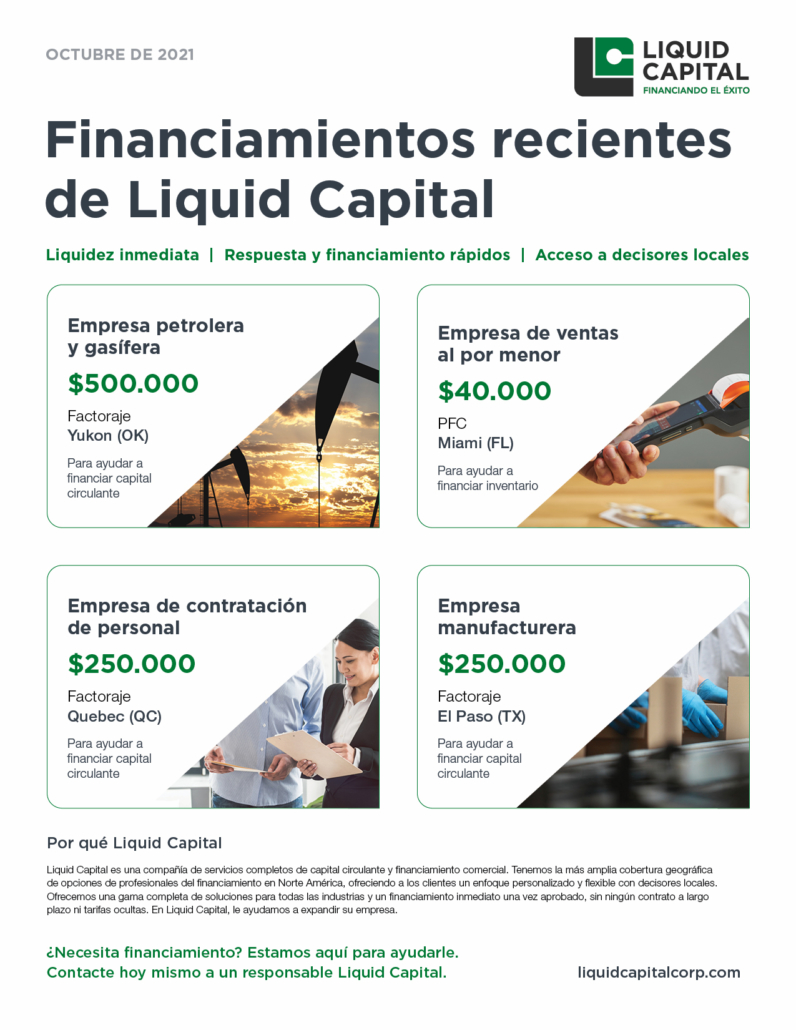Making cash available for your business recovery
Part 3 of the “Cash Flow Through Uncertainty Series”: Implement these tips to build your business recovery strategy.

When an economic crisis (or global pandemic) comes to an end, it’s time to start thinking about moving from survival mode to thriving mode. But having the cash to get back into growth and prosperity can be tricky after months or even years of crisis income.
Using these tips and resources can help you to recover better, faster and stronger:
1. Know your working capital
Basic math can give you an idea of how much cash you have to work with. Subtract your liabilities from your assets as a starting point. To get more detailed, set a cash flow budget. Some businesses will be starting almost from scratch, so you need to create a realistic budget of how much you’ll need to get back up and running at full speed.
2. Make realistic budget forecasts
Revenue may not immediately reach pre-crisis levels. So plan for lower-income levels in the meantime (ie. at least for the next six months) until you can more accurately gauge demand. Similarly, you may have to increase spending to reach the inventory and staffing levels you’ll need for a successful recovery.
3. Take a look at the ‘damage’
Assess exactly where you are financially now that you’re on the other side of the crisis. Work out how badly you’ve been hit, including your assets, investments, savings and regular income. Compare those with last year’s figures and build an accurate picture of where you’re at, where you want to be, and what financing and income you need to get there.

4. Create a realistic schedule for recovery
When things start getting back to normal, you’ll be understandably impatient to return to pre-crisis levels of business. Creating a step-by-step schedule for achieving this is crucial for successful cash flow management. For example, you might first secure the financing you need for recovery, then build up your inventory and finally hire new employees (or bring back old ones).
5. Find a supportive and understanding finance partner
You may need flexible finance options to make a full recovery—and you want a lender whose employees have the right mix of expertise and understanding of the needs of small and medium businesses. Many larger financial institutions are risk-averse and don’t offer flexible options. On the other hand, alternative lenders can offer a variety of financing solutions, plus the expert advice to help your company launch into recovery.
Help for every uncertain stage
Liquid Capital is committed to helping small and medium-sized businesses to weather uncertain times and periods of crisis. Our team of experts are experienced in strategic funding strategies and will be with you every step of the way as you go through turbulent times.
Along with that expertise, we provide the finance options that can offer working capital when you need it, including invoice factoring, asset-based lending and more. Get in touch to find out more about our cash flow solutions and how we can help your business.
Up Next: Read Part 1: How to manage cash flow through uncertainty and Part 2: Sail through a cash flow crisis — 5 places to batten down the hatches
















